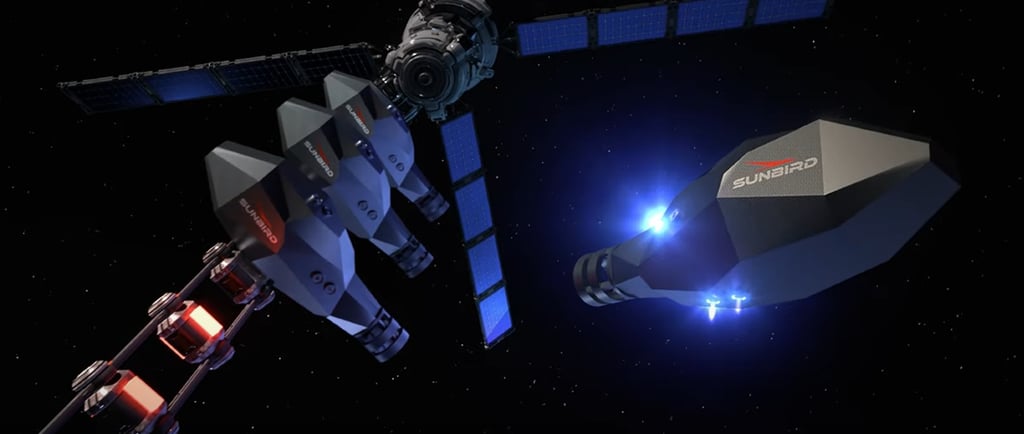The Future of Space Travel: The Sunbird Nuclear Fusion Rocket


Introduction to Pulsar Fusion's Ambitious Project
Pulsar Fusion is at the forefront of revolutionary space travel technology with its planned Sunbird nuclear fusion rocket. This innovative spacecraft is designed to reach astonishing speeds of 329,000 miles per hour, positioning it as the fastest self-propelled object ever created by humankind. The implications of the Sunbird rocket extend beyond mere speed; it promises to change our understanding of interplanetary travel dramatically.
How the Sunbird Rocket Works
The core technology behind the Sunbird rocket is nuclear fusion, a process that powers the sun and has long been considered a potential source of virtually limitless energy. Unlike traditional chemical rockets, which rely on combustion to produce thrust, the Sunbird capitalizes on the immense energy releases associated with fusion reactions. This method not only increases propulsion efficiency but also significantly reduces the mass of fuel required for long-duration missions.
Reducing Travel Time to Mars
One of the most exciting aspects of the Sunbird nuclear fusion rocket is its ability to cut travel time to Mars in half. Currently, missions to the red planet take approximately seven to eight months. However, with the extraordinary speed of the Sunbird, this duration could be reduced to about four months. This reduction in time could foster a new era of exploration, enabling astronauts to spend more time on the Martian surface and facilitate the feasibility of manned missions to other planets in our solar system.
The potential of the Sunbird rocket, therefore, lies not just in its outstanding speed but also in its role as a gateway to further exploration. As scientists and engineers continue to develop this ground-breaking spacecraft, the dream of human colonization on Mars could transform from a distant fantasy into a tantalizing reality, driven by innovative technologies like those offered by Pulsar Fusion.
